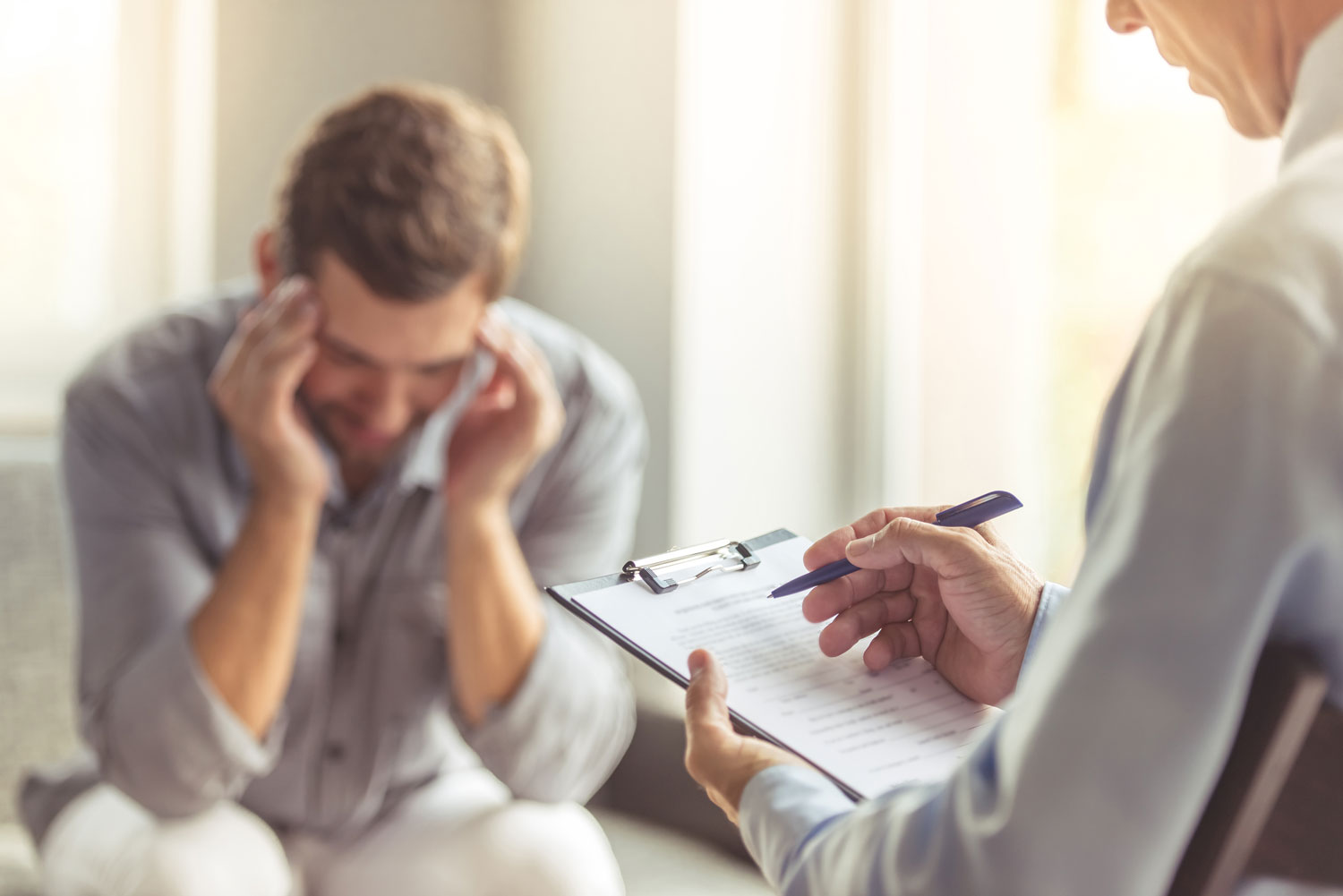What is Anxiety and Addiction?
Anxiety is the most common mental illness in the US.[1] Anxiety disorders often co-occur with other diagnosed mood disorders, such as depression.[2]
Little worries and pint-sized fear are both a normal part of life, but debilitating anxiety is not. While fear is a response to a specific threat, anxiety is a response to stress.[3] It’s a feeling of doom or dread you can never shake. There are sometimes specific triggers (e.g. phobias), but sometimes the cause of anxiety is non-specific (e.g. panic attacks).
Anxiety takes many forms, from generalized anxiety disorder (GAD), panic attacks, and specific phobias to social anxiety disorder, separation anxiety disorder, and more. In addition to co-occurring with mood disorders, anxiety sometimes co-occurs with substance use disorders (e.g. alcohol or opioid).
At particular risk for co-occurring substance use disorders are those suffering from social anxiety disorder. To alleviate the symptoms of anxiety, many sufferers of social anxiety disorder turn to alcohol.[4]
While individuals may become reliant on the coping mechanisms used for managing anxiety, it’s not accurate to describe this as an addiction to anxiety itself. Instead, this situation is more about a dependency on certain behaviors or rituals that provide a sense of control over anxiety symptoms. For this purpose, anxiety and addiction will be treated as separate, albeit co-occurring disorders.
Common Symptoms of Anxiety and Addiction
Anxiety disorders can take many forms, but there are common symptoms:[5]
- Feeling jittery or unable to relax
- Experiencing fatigue without a clear cause
- Lack of focus
- Irritation over trivial events
- Having headaches, muscle aches, stomach aches, or phantom pain
- Persistent, uncontrollable worry
- Disrupted sleep patterns
Substance use disorders can take many forms, but to qualify for a clinical diagnosis, at least 2 of the 11 criteria in the DSM-5 must be present in a 12-month period:[6]
- Using more of the substance than you intend or is good for you
- Prior failed attempts to stop using substances
- Reallocating free time to sourcing the substance
- Craving
- Lack of meeting prior obligations and responsibilities
- Despite interpersonal and professional damage, still continuing to use the substance
- Reduction or elimination of former hobbies
- Risky behavior (like unprotected sex or driving a car) while using the substance
- Despite physical or mental damage, still continuing to use the substance
- Needing a bigger and bigger dose to experience the same effects
- Pain when discontinuing the substance use



